Growing Geriatric Population
The lymphedema treatment market is significantly influenced by the growing geriatric population in the US. As individuals age, the risk of developing lymphedema increases, particularly among those with chronic health conditions or those who have undergone surgical procedures. By 2030, it is estimated that nearly 20% of the US population will be aged 65 and older, creating a larger patient base requiring lymphedema management. This demographic shift is likely to spur demand for specialized treatment options, including physical therapy and compression therapy, thereby propelling the growth of the lymphedema treatment market. Healthcare providers are increasingly focusing on tailored treatment plans to address the unique needs of older patients.
Increased Insurance Coverage
The lymphedema treatment market is benefiting from an increase in insurance coverage for lymphedema-related therapies. Many insurance providers are beginning to recognize the importance of covering treatments such as compression garments and physical therapy, which were previously considered elective. This shift in policy is likely to enhance patient access to necessary treatments, thereby driving market growth. As more patients seek treatment without the burden of high out-of-pocket costs, the lymphedema treatment market is expected to expand. The trend towards comprehensive insurance coverage reflects a broader understanding of the condition and its impact on patients' lives, ultimately leading to improved health outcomes.
Rising Incidence of Lymphedema
The lymphedema treatment market is experiencing growth due to the increasing incidence of lymphedema among the population. Factors such as cancer treatments, obesity, and aging are contributing to a higher prevalence of this condition. According to recent estimates, approximately 3 to 5 million individuals in the US are affected by lymphedema, which underscores the urgent need for effective treatment options. This rising incidence is likely to drive demand for various therapeutic modalities, including compression garments, manual lymphatic drainage, and surgical interventions. As healthcare providers become more aware of the condition, the lymphedema treatment market is expected to expand, offering innovative solutions to manage symptoms and improve patients' quality of life.
Rising Demand for Home-Based Care
The lymphedema treatment market is witnessing a notable shift towards home-based care solutions. Patients increasingly prefer receiving treatment in the comfort of their homes, which is facilitated by advancements in telehealth and remote monitoring technologies. This trend is particularly relevant for individuals with mobility issues or those living in rural areas with limited access to specialized care. Home-based care not only enhances patient convenience but also reduces healthcare costs. As a result, the market is likely to see a rise in the availability of home-use devices and educational resources aimed at empowering patients to manage their condition effectively. This shift towards home-based care is expected to play a crucial role in the future of the lymphedema treatment market.
Advancements in Medical Technology
Technological innovations are playing a pivotal role in shaping the lymphedema treatment market. The introduction of advanced diagnostic tools, such as bioimpedance spectroscopy and imaging techniques, has enhanced the ability to detect lymphedema at earlier stages. Furthermore, the development of new treatment modalities, including pneumatic compression devices and wearable technology, is revolutionizing patient care. These advancements not only improve treatment efficacy but also enhance patient compliance and satisfaction. The market is projected to witness a compound annual growth rate (CAGR) of around 6% over the next few years, driven by these technological advancements that facilitate better management of lymphedema.


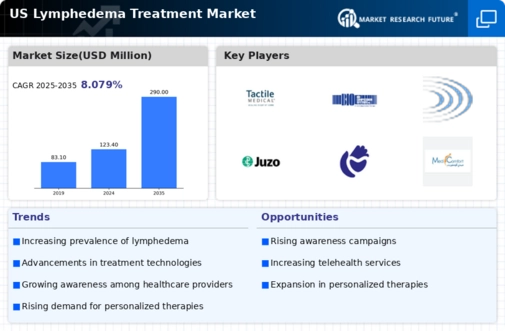
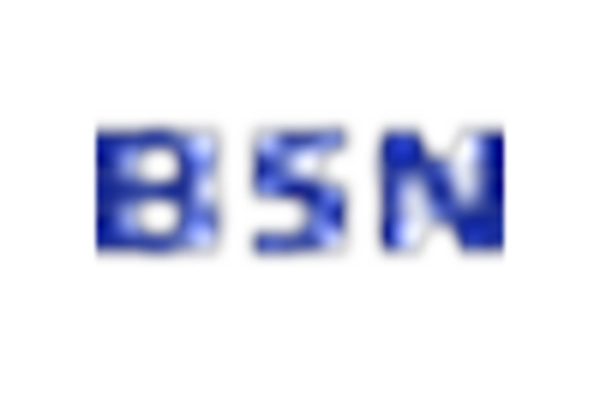
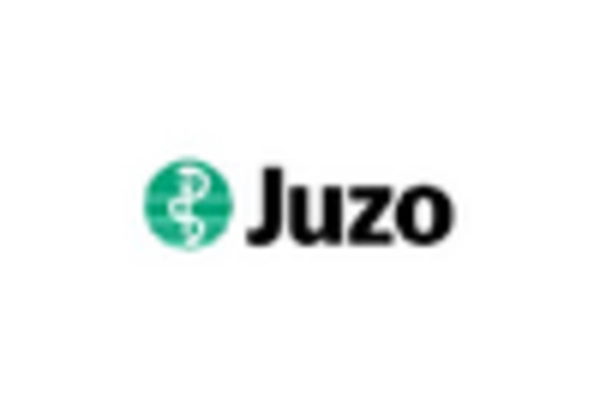
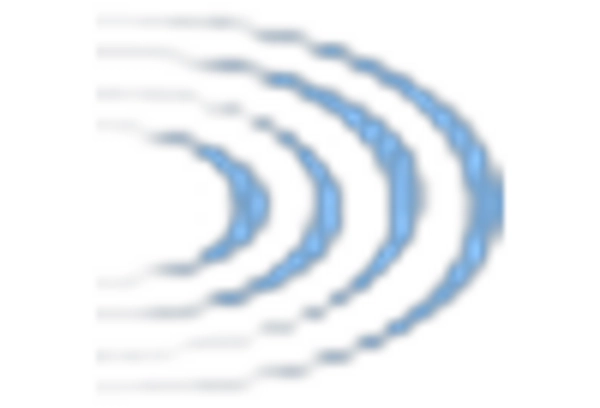
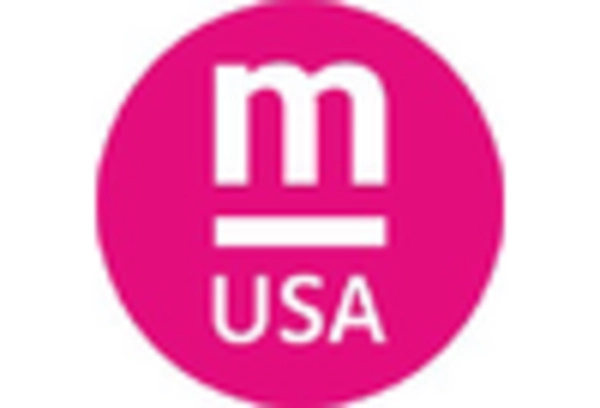










Leave a Comment